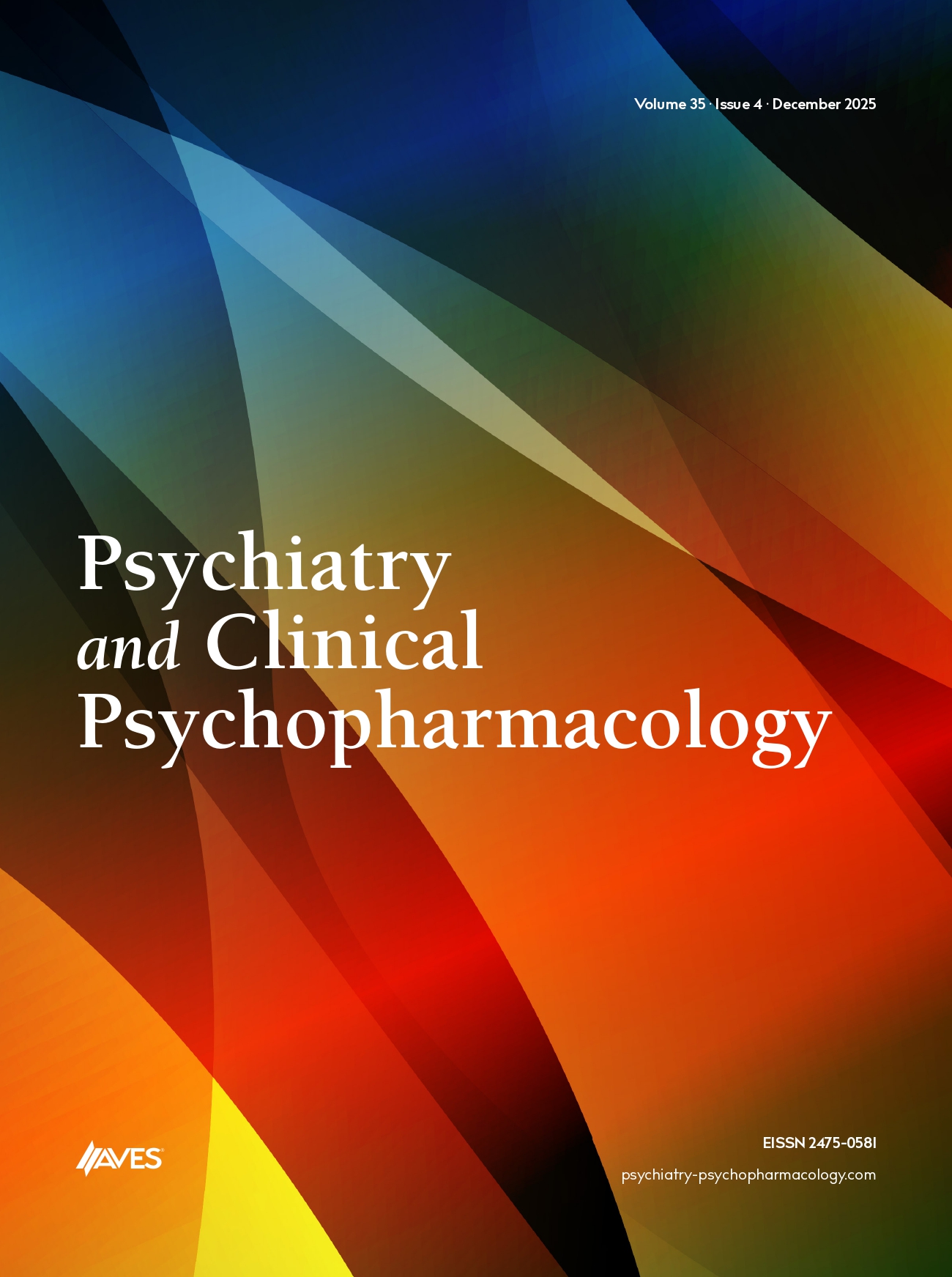Background: Medical procedures, such as venipuncture, are among the most common causes of fear and pain in children. This study aimed to determine whether using a virtual reality (VR) headset during venipuncture reduces children’s fear and pain.
Methods: This controlled experimental study included 70 children aged 5-12 years (VR group=35; control group=35). Before venipuncture, each child, their parent, and an observer completed an interview-observation form and a fear scale. Following the procedure, the same participants completed both the fear and pain scales. The Children’s Fear Scale (CFS) was used to assess fear levels, while the Wong–Baker FACES Pain Rating Scale was used to evaluate pain levels. Statistical analyses were performed using SPSS v25 software.
Results: Analysis of preprocedure and postprocedure CFS scores showed a statistically significant reduction in fear in the VR group compared with the control group, as reported by the children (P < .001). Pain assessments indicated that the VR group had significantly lower pain scores than the control group in evaluations by children, parents, and observers (P < .001).
Conclusion: The findings demonstrate that VR headsets effectively reduce both fear and pain in children undergoing venipuncture. Therefore, their use should be encouraged in clinical practice to improve the patient experience during medical procedures.
Cite this article as: Sasihuseyinoglu AS, Güray A. Virtual reality headset use during venipuncture in children: Impact on fear and pain levels. Psychiatry Clin Psychopharmacol. Published online October 30, 2025. doi:10.5152/pcp.2025.251216.


.png)
.png)